Definition of a Biography
A biography is a detailed account of a person’s life, often including their experiences, achievements, and influence. It provides an in-depth look into the person’s character, offering insights into their personal and professional life.
Significance of Saint Patrick in Irish Culture
Saint Patrick, known as the Apostle of Ireland, holds a significant place in Irish culture. As the primary patron saint of Ireland, his life and teachings have shaped the country’s religious and cultural landscape.
Purpose of the Article
This article aims to provide a comprehensive biography of Saint Patrick, exploring his life, his missionary work in Ireland, and his enduring legacy. It seeks to offer a balanced view of his life, incorporating historical facts, cultural context, and contemporary interpretations.
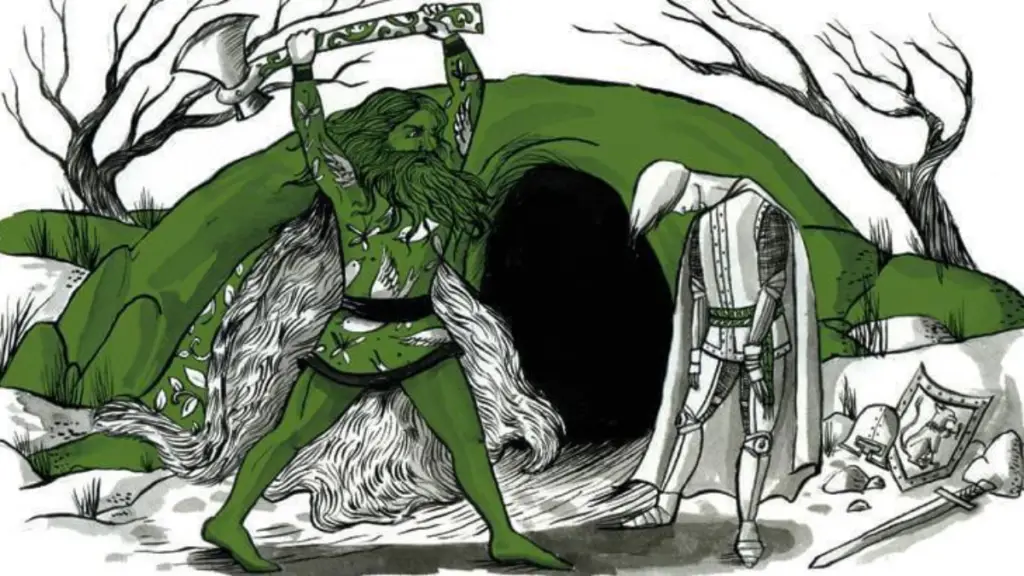
Early Life and Background
Birth and Name
Saint Patrick was born in the late fourth century in Roman Britain. His birth name was Maewyn Succat, but he later adopted the name Patricius, which translates to “father figure,” after he became a priest.
Roman Influence in Britain
During Saint Patrick’s time, Roman influence was prevalent in Britain. This influence played a significant role in shaping his early life and education.
Patrick’s Family and Social Status
Patrick was born into a wealthy family. His father was a deacon and a town councilor, while his grandfather was a priest in the Christian church. Despite their religious affiliations, Patrick was not particularly religious in his early years.
Captivity in Ireland
Abduction and Enslavement
At the age of sixteen, Patrick’s life took a drastic turn when he was captured by Irish pirates. He was taken as a slave to Ireland, where he spent six grueling years in captivity.
Years in Captivity: Hardships and Transformations
During his years in captivity, Patrick worked as a shepherd, enduring harsh conditions and isolation. This period of hardship and solitude led to a profound transformation in him.
Spiritual Awakening
In the midst of his suffering, Patrick turned to his faith for solace. He began to pray fervently, finding comfort and strength in his spiritual practices. This deepened his connection with God and sparked his desire to spread Christianity.
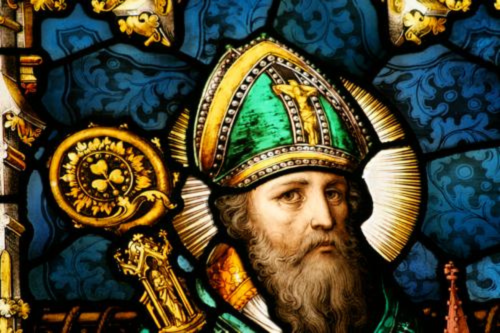
The Divine Calling
Patrick’s Dream and Vision
Patrick had a dream in which he heard a voice telling him that he would soon go home. He saw this as a divine message and decided to escape.
Escaping Captivity: Journey to Freedom
Following his dream, Patrick managed to escape from his captors. He journeyed across Ireland and found a ship that took him back to Britain, reuniting him with his family.
Decision to Become a Priest
After his return, Patrick felt a calling to become a priest. He studied Christianity and was eventually ordained as a bishop. Inspired by his own spiritual awakening during his captivity, he felt a strong urge to return to Ireland and spread Christianity among the Irish people.
Missionary Work in Ireland
Arrival in Ireland
After his ordination, Patrick returned to Ireland, the land of his captivity, with a mission to spread Christianity.
Challenges Faced in a New Land
Patrick faced numerous challenges in his mission. He had to navigate the complex tribal politics of Ireland and face opposition from the Druids, the religious leaders of the time.
Spreading Christianity: Establishing Churches and Schools
Despite the challenges, Patrick was successful in his mission. He established churches and schools across Ireland, laying the foundation for Christianity in the country.
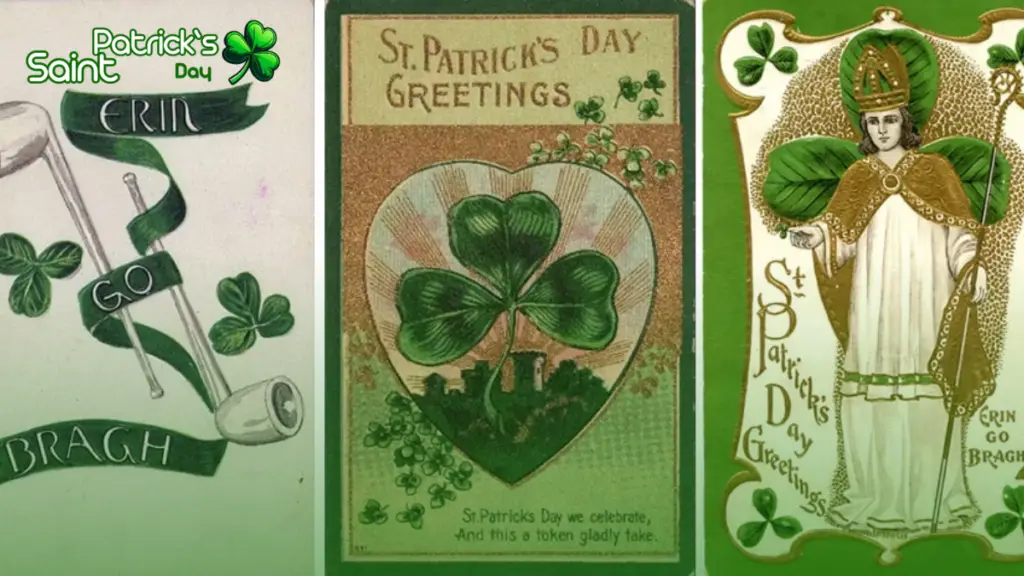
Iconic Symbols Associated with Saint Patrick
The Shamrock: Symbol of the Holy Trinity
One of the most well-known stories about Saint Patrick is his use of the shamrock, a three-leaved plant, to explain the concept of the Holy Trinity to the Irish people.
Driving Out the Snakes: Myth or Reality?
Another popular legend associated with Saint Patrick is that he drove all the snakes out of Ireland. However, this is likely a metaphor for his efforts to eradicate paganism in the country.
Legacy in Folklore and Celebrations
Saint Patrick’s legacy is not just limited to his religious work. He is also a significant figure in Irish folklore and his life is celebrated every year on Saint Patrick’s Day.
Saint Patrick’s Day Celebration
Evolution of the Celebration
Saint Patrick’s Day, observed on March 17, has evolved from a religious feast day to a worldwide celebration of Irish culture. It is marked by parades, wearing of green attire, and public festivals.
Global Impact and Recognition
The celebration of Saint Patrick’s Day has spread far beyond Ireland and is now celebrated by people of all backgrounds around the world, particularly in the United States, Canada, and Australia.
Traditions and Customs
Traditions associated with Saint Patrick’s Day include attending church services, wearing green attire or accessories, public parades and festivals, and the lifting of Lenten restrictions on eating and drinking alcohol.
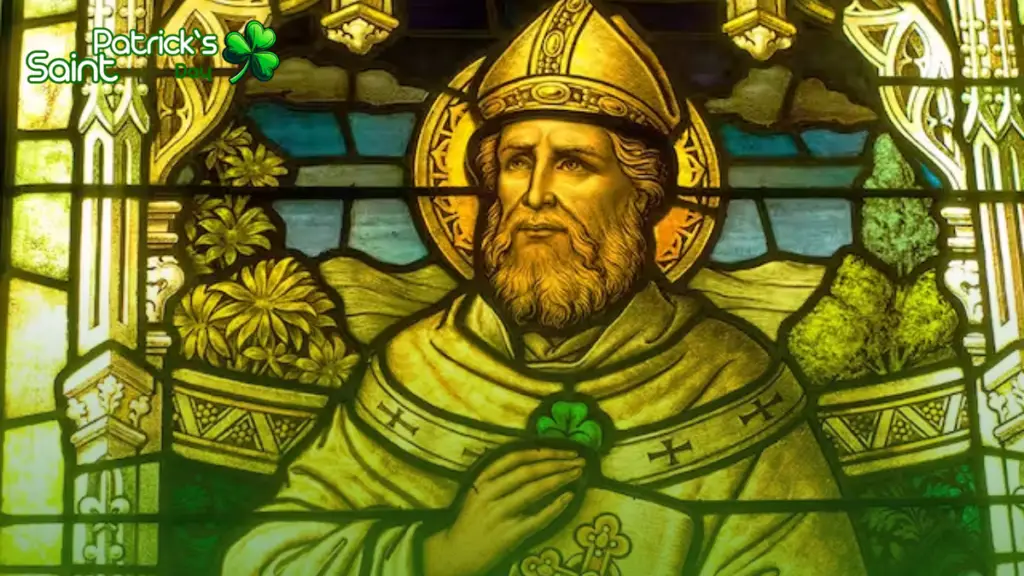
Written Works and Contributions
The Confession of Saint Patrick
One of the key works attributed to Saint Patrick is his Confession, an autobiographical account of his spiritual journey. It provides valuable insights into his life and mission.
Hymns and Prayers Attributed to Him
Several hymns and prayers are also attributed to Saint Patrick, including the famous “Saint Patrick’s Breastplate”, a prayer for protection.
Influence on Christian Theology
Saint Patrick’s teachings have had a significant influence on Christian theology, particularly in the areas of Trinitarian doctrine and the nature of God.
Relations with Irish Kings and Druids
Interactions with Pagan Leaders
Saint Patrick interacted with various pagan leaders during his missionary work. His diplomatic skills played a crucial role in spreading Christianity.
Negotiations and Conflicts
Patrick often found himself in negotiations and conflicts with the Druids and local kings. Despite the challenges, he remained steadfast in his mission.
Impact on Religious Tolerance in Ireland
Patrick’s interactions with the pagan leaders led to increased religious tolerance in Ireland. His respectful approach towards the local customs played a significant role in this change.
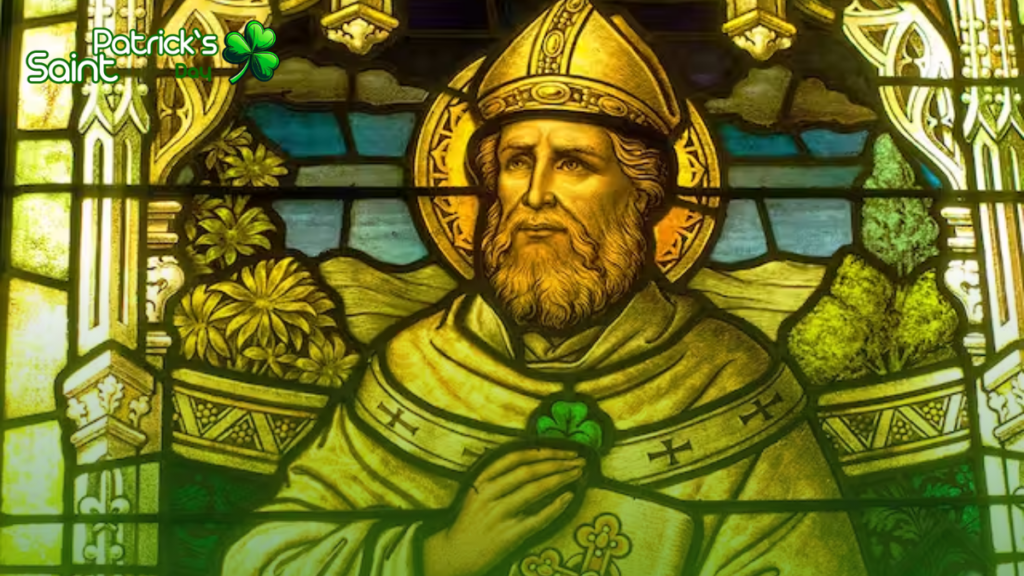
Establishing Monasteries and Religious Centers
Monastic Movements in Ireland
Patrick is credited with establishing several monasteries in Ireland. These monastic movements played a crucial role in preserving Christian teachings during the Middle Ages.
Legacy of Monastic Education
The monasteries established by Patrick also served as centers of education. They played a significant role in the spread of literacy and learning in Ireland.
Architectural Contributions
The monasteries and churches established by Patrick introduced new architectural styles in Ireland. These structures are an important part of Ireland’s cultural heritage.
Later Years and Death
Lasting Impact on Ireland
Saint Patrick spent his later years continuing his missionary work and establishing churches across Ireland. His efforts laid the foundation for Ireland’s Christian identity.
Death and Burial
Saint Patrick is believed to have died on March 17, around 461 AD. He was buried in Downpatrick, Northern Ireland. His grave has since become a place of pilgrimage.
Veneration and Sainthood
After his death, Saint Patrick was venerated as a saint. He is recognized as a saint in multiple Christian churches.
Artistic Representations of Saint Patrick
Paintings and Sculptures
Saint Patrick has been depicted in various forms of art, including paintings and sculptures. These artistic representations often portray him with symbols associated with his life and teachings.
Iconography in Christian Art
In Christian iconography, Saint Patrick is often depicted with a bishop’s attire, a shamrock, and sometimes snakes, referencing the legend of him driving out snakes from Ireland.
Cultural Depictions in Literature and Music
Saint Patrick’s life and legends have also been depicted in literature and music, contributing to his enduring presence in popular culture.

Influence on Irish Identity
Saint Patrick as a National Symbol
Saint Patrick is more than just a religious figure in Ireland; he is a symbol of national identity. His life and teachings have shaped the cultural and religious landscape of Ireland.
Incorporation into Irish Mythology
Saint Patrick’s legends have been incorporated into Irish mythology, further cementing his status as a key figure in Irish culture.
Contemporary Relevance
Even today, Saint Patrick’s influence can be seen in the religious practices, cultural traditions, and national identity of Ireland.
Controversies and Debates
Historical Accuracy of Accounts
There are ongoing debates about the historical accuracy of the accounts of Saint Patrick’s life. Some details, such as the claim that he drove all snakes out of Ireland, are considered to be more metaphorical than literal.
Criticisms and Alternative Perspectives
There are also criticisms and alternative perspectives on Saint Patrick’s mission and its impact on Ireland, particularly from the viewpoint of indigenous religions.
Modern Interpretations
Modern interpretations of Saint Patrick’s life and work vary, with some focusing on his role as a missionary, while others highlight his cultural impact.
Saint Patrick’s Impact Beyond Ireland
Global Recognition and Reverence
Saint Patrick’s influence extends beyond the shores of Ireland. He is recognized and revered globally, with Saint Patrick’s Day celebrations taking place in many countries around the world.
Patron Saint of Other Nations
In addition to being the patron saint of Ireland, Saint Patrick is also the patron saint of Nigeria, Montserrat, and engineers. He is also invoked as a patron for those who need to return home or those who need to get through a tough spot in life.
Cross-Cultural Adaptations
Saint Patrick’s life and legends have been adapted to various cultures, demonstrating his universal appeal and relevance.
Lessons from Saint Patrick’s Life
Resilience and Faith in Adversity
One of the key lessons from Saint Patrick’s life is the power of resilience and faith in the face of adversity. His years in captivity and the challenges he faced during his missionary work in Ireland are a testament to his strong faith and determination.
Bridging Cultural Divides
Saint Patrick’s respectful approach towards the Irish culture and his efforts to integrate Christian teachings with local traditions serve as a lesson in bridging cultural divides.
Enduring Legacy for Future Generations
Saint Patrick’s enduring legacy serves as a reminder of the impact one person can have on the course of history and the lives of future generations.
Summary
Key Achievements and Milestones
Saint Patrick’s key achievements include his successful missionary work in Ireland, the establishment of numerous churches and schools, and his significant contributions to Irish culture and identity.
Saint Patrick’s Enduring Legacy
Saint Patrick’s enduring legacy is evident in the widespread celebration of Saint Patrick’s Day, the continued veneration of him as a saint, and his lasting impact on Irish culture and Christianity.
Relevance in Today’s World
In today’s world, Saint Patrick’s life serves as a symbol of resilience, faith, and the power of cultural exchange. His teachings continue to inspire and guide people around the world.
Additional Resources
Recommended Books and Articles
For those interested in learning more about Saint Patrick, there are numerous books and articles available that provide further insights into his life and teachings.
Visiting Saint Patrick’s Sites in Ireland
Ireland is home to several sites associated with Saint Patrick, including his burial site in Downpatrick and the famous Croagh Patrick mountain.
Further Reading on Irish History and Culture
For a broader understanding of Irish history and culture, there are many resources available that explore Ireland’s rich heritage and the influence of figures like Saint Patrick.
Conclusion
Recap of Saint Patrick’s Life
Saint Patrick’s life, from his early years in Britain, his captivity in Ireland, to his return as a missionary, is a remarkable story of faith, resilience, and dedication.
Invitation for Further Exploration
The life of Saint Patrick offers numerous avenues for further exploration, from his journey to his broader impact on Irish culture and history.
Closing Thoughts on the Legacy of Ireland’s Patron Saint
As we reflect on the legacy of Saint Patrick, we are reminded of the enduring power of faith, the importance of cultural exchange, and the profound impact one person can have on the course of history.
Frequently Asked Questions (FAQs)
While it is a popular legend, there is no historical evidence to suggest that Saint Patrick physically drove out any snakes from Ireland. This story is likely a metaphor for his efforts to eradicate paganism in Ireland.
Saint Patrick is believed to have died of natural causes on March 17, around 461 AD. His death is commemorated every year on Saint Patrick’s Day.
Saint Patrick’s Day, observed on March 17, is a celebration of Irish culture and Saint Patrick’s contributions to Ireland. It is marked by parades, wearing of green attire, and public festivals.
Related Posts
- Complete Overview Of Saint Patrick’s Day 2024
- 30+ Facts About Saint Patrick’s Day
- Saint Patrick Church North Hollywood
- Saint Patrick Church in Columbus
- Saint Patrick’s Day Decor
- Saint Patrick’s Day in Chicago
- Saint Patrick: Apostle, Patron Saint, and Christianizer of Ireland
About us
Saint Patricks Day
Saint Patricks Day is your go-to guide for everything related to this significant Irish celebration. We strive to provide detailed and accurate information about the history, traditions, and unique celebrations of Saint Patrick’s Day. Visit our About us for more information.

